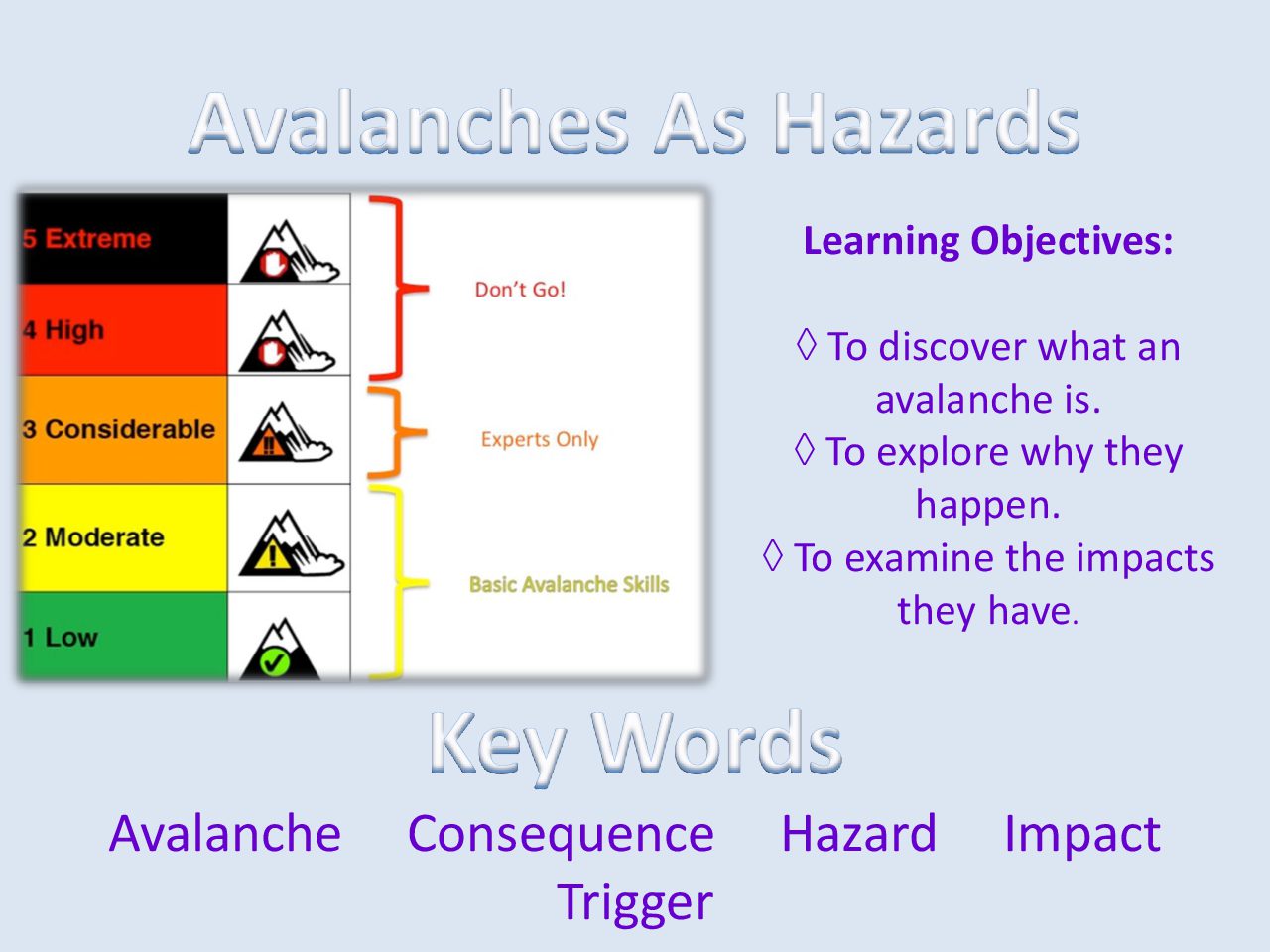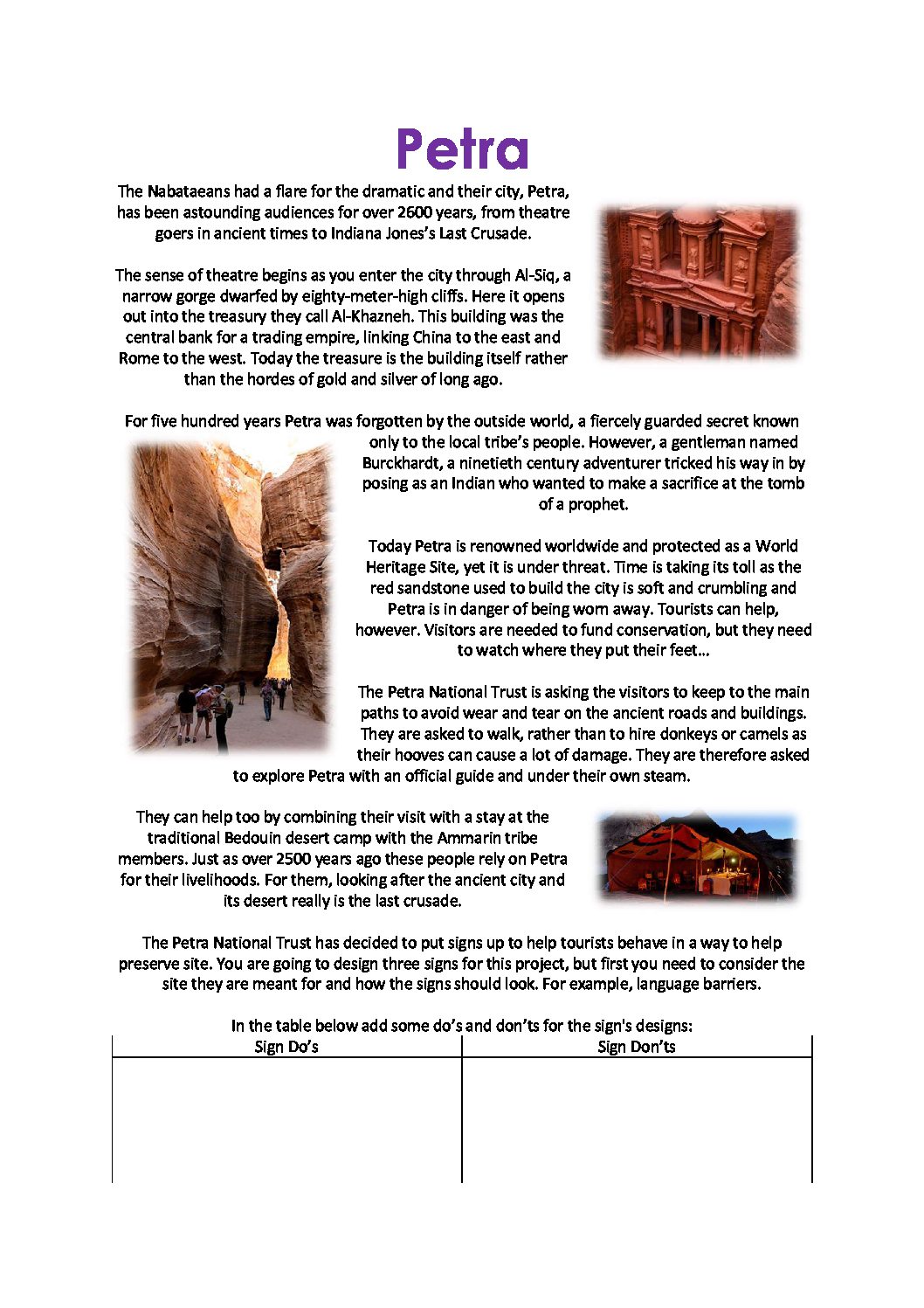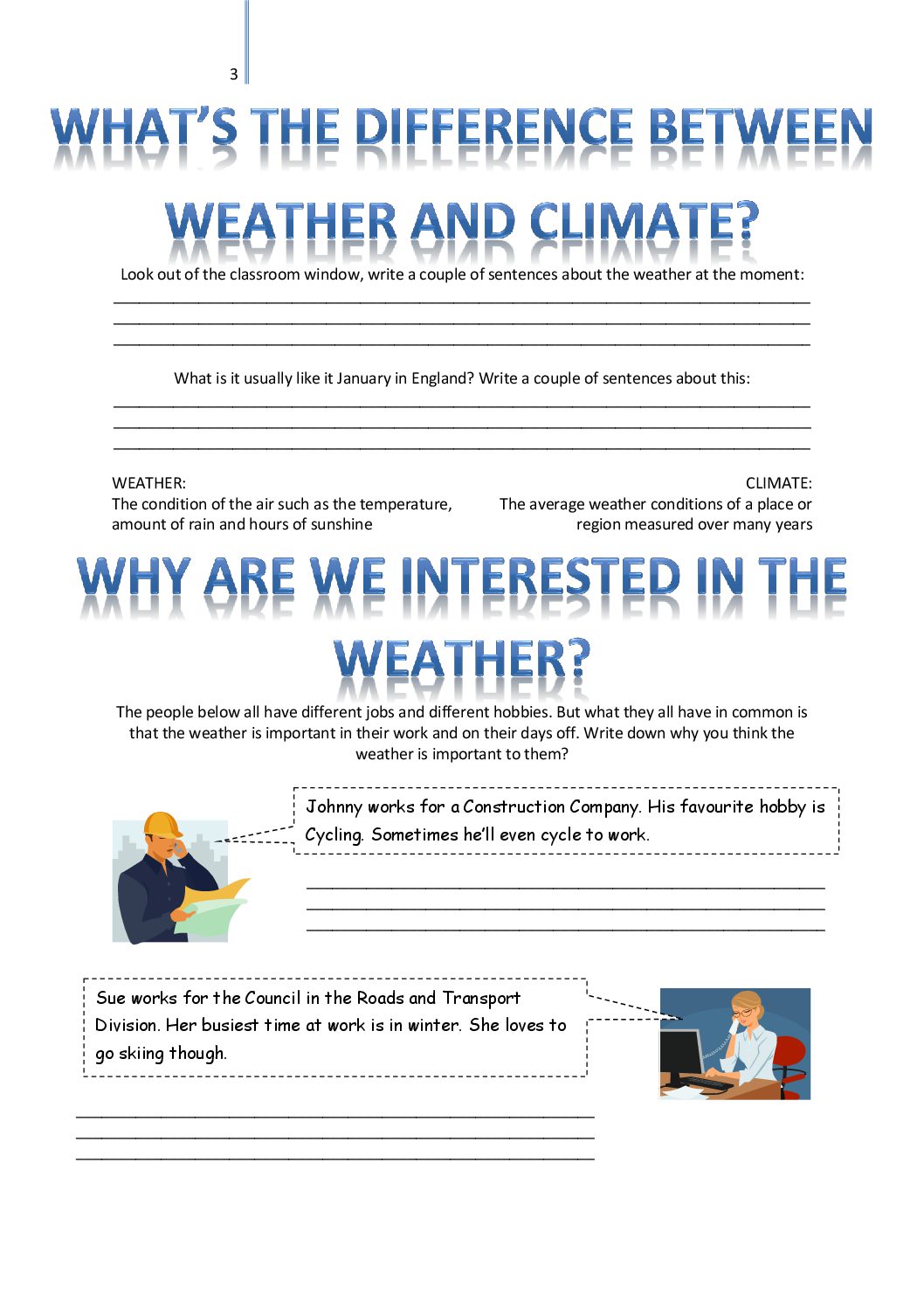Hinduism (Unit Of Work)
R272.35
Use, by you or one client, in a single end product which end users are not charged for. The total price includes the item price and a buyer fee.
Resource Description
This unit of work begins by asking students to define religion and why they think people choose to follow them. The students complete a graph showing the percentages o religions in India and demonstrate what they believe they already know or understand of Hinduism.
The story of ‘A Mysterious Beast’ helps to illustrate the diversity of Hinduism through a jigsaw-tyle game and the structure of the Hindu gods is explained. Reincarnation, karma, medication and yoga are discussed in regard to how Hindus live their lives and how they believe it can affect life after death.
Hindus believe in ‘ashramas’ – the four stages of life every Hindu should go through. The students discuss when they think we enter each stage and what our responsibilities are at each stage, concluding with what they believe are the four important stages of their lives and a description of these.
The background and traditions of Diwali are introduced through the story of Rama and Sita which explains why the ‘Festival Of Lights’ is celebrated and why Divas – small clay lamps – are an important part of the celebration. The students discover cultural and religious festivals where light plays an important role and discuss why these similarities have arisen. The students are then given the opportunity to produce a collage or design a card depicting the beauty and wonderful colours of Diwali.
Pilgrimages are important across many cultures and religions, and many Hindus will travel to the River Ganges as part of theirs. The legend surrounding the goddess Ganga is told and the effects on the river from the many visitors and industrialisation of India is debated.
A range of individual and group activities are incorporated within this booklet, including, gathering research from print, drawing a story board, annotating their thoughts and ideas, drawing graphs, games and peer assessment.



 KES(KSh)
KES(KSh) USD($)
USD($) GBP(£)
GBP(£) GHS(₵)
GHS(₵) NGN(₦)
NGN(₦) MUR(₨)
MUR(₨) BWP(P)
BWP(P) AUD($)
AUD($) TZS(Sh)
TZS(Sh) INR(₹)
INR(₹) PHP(₱)
PHP(₱) AED(د.إ)
AED(د.إ)









